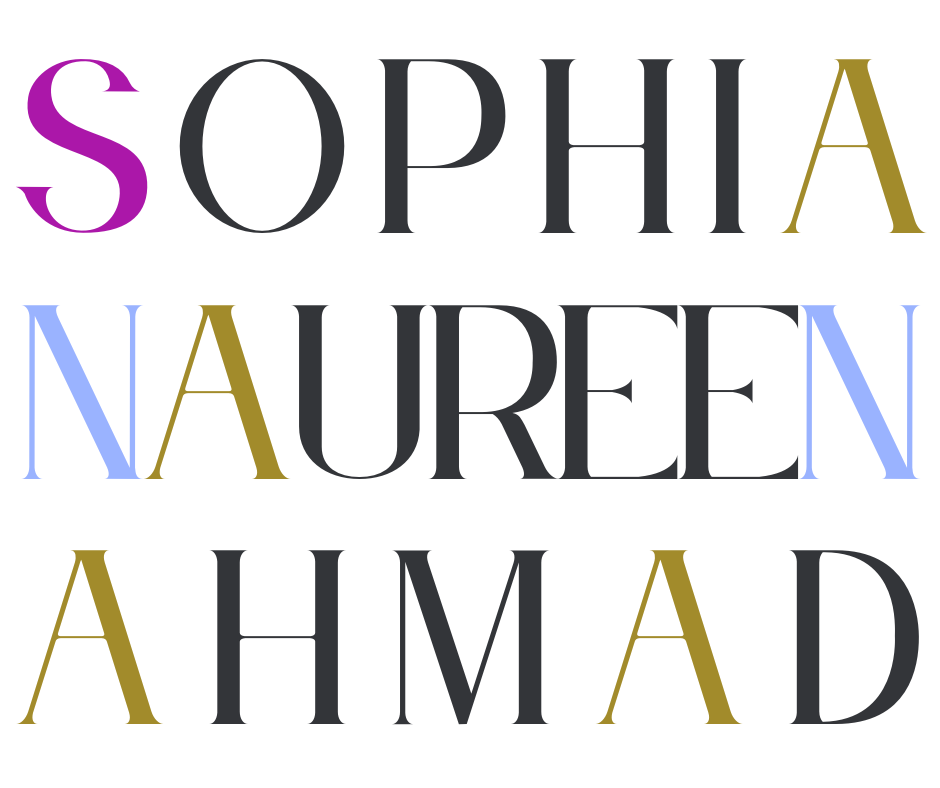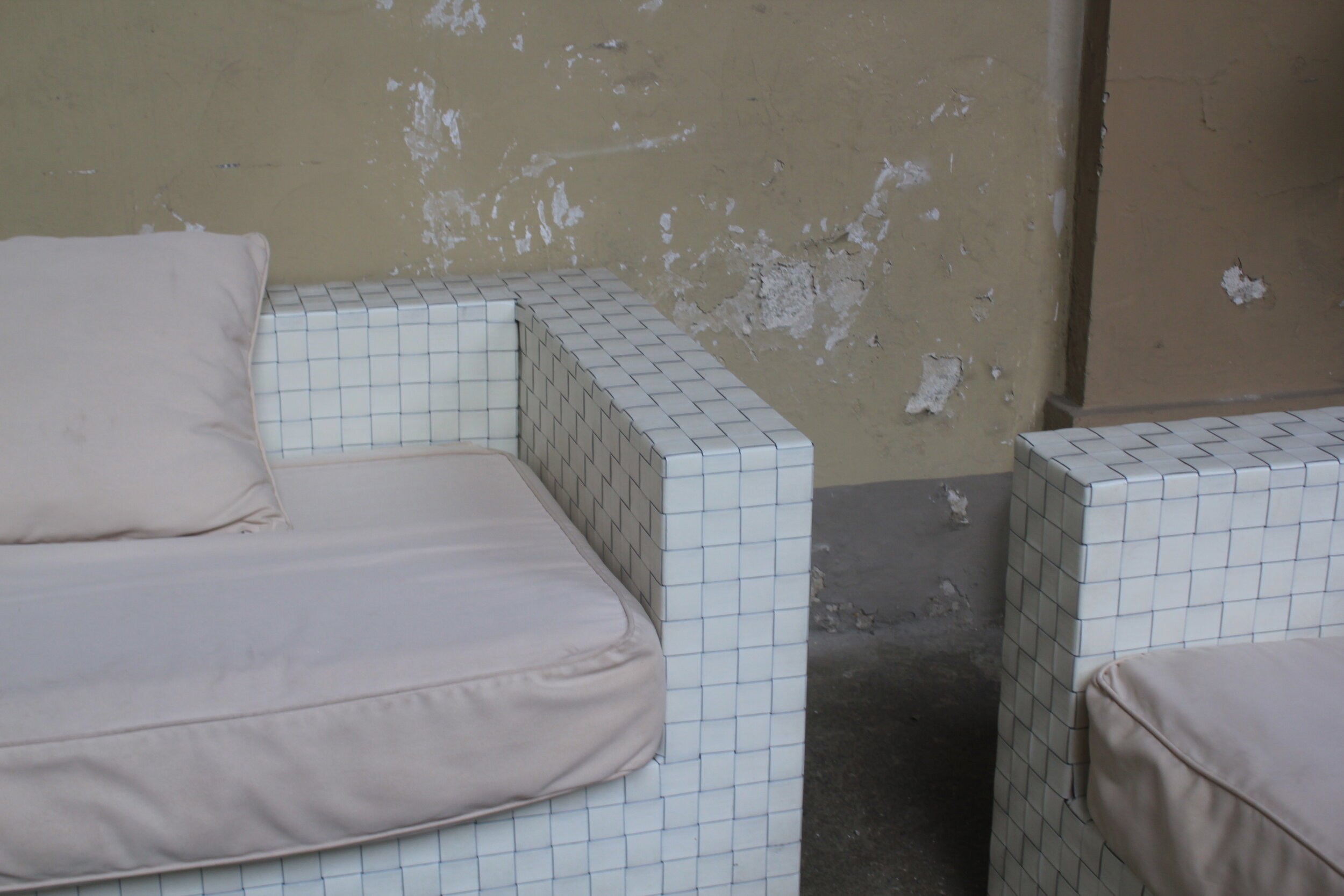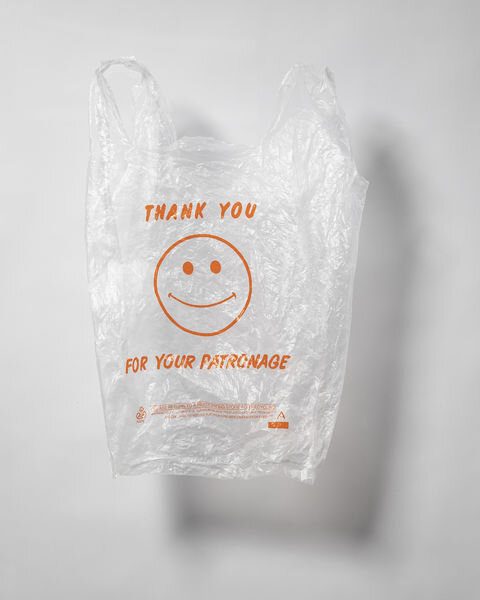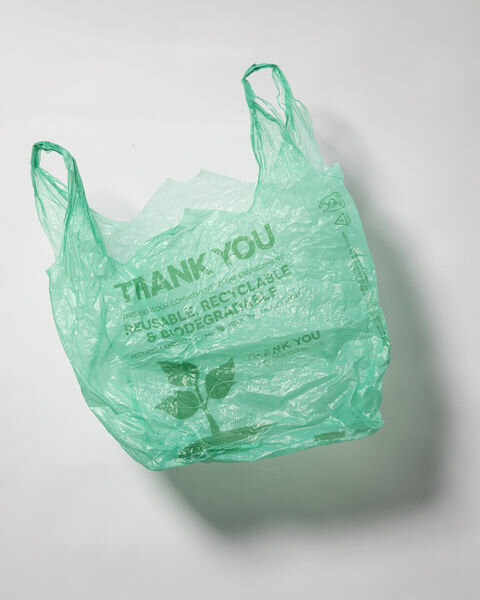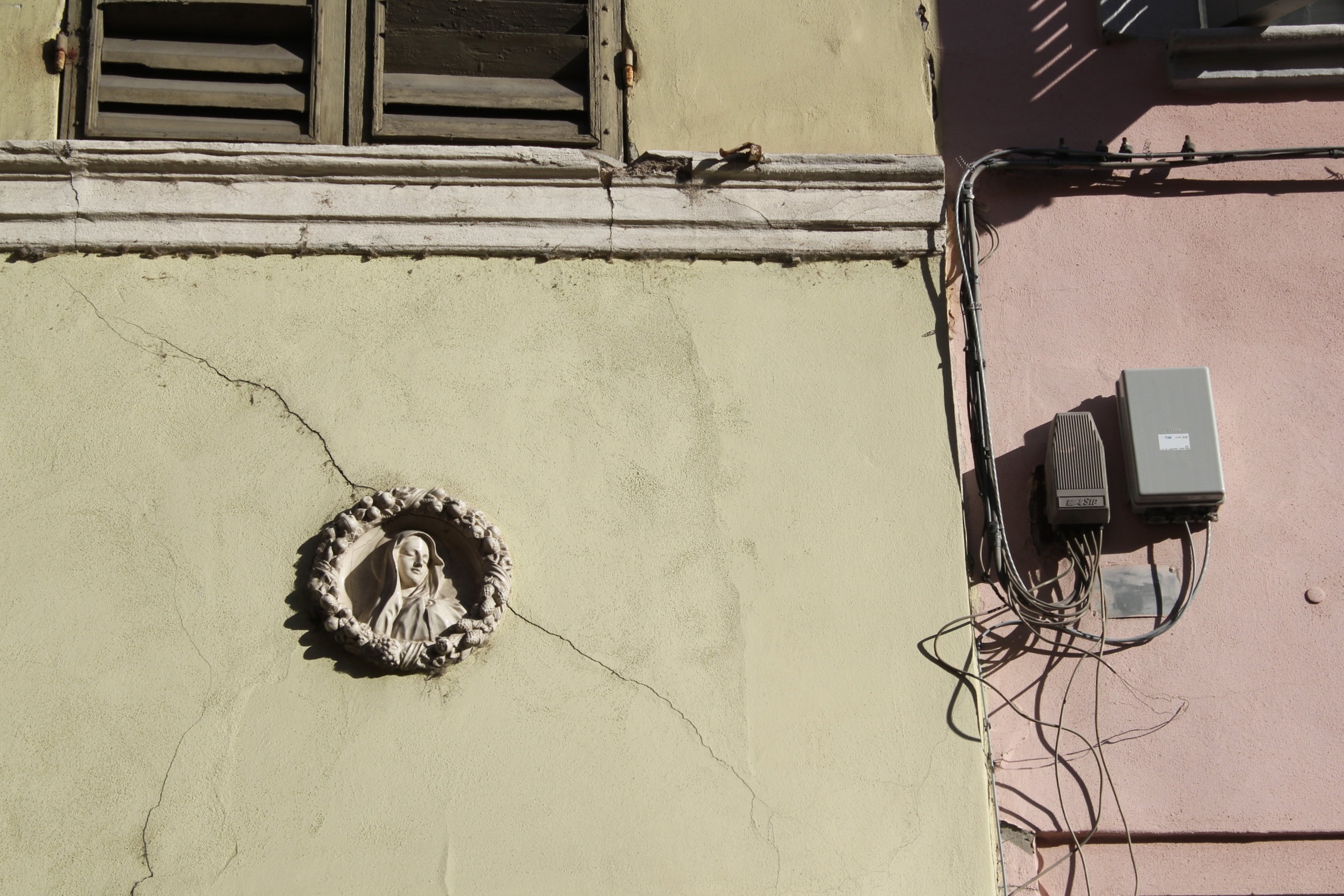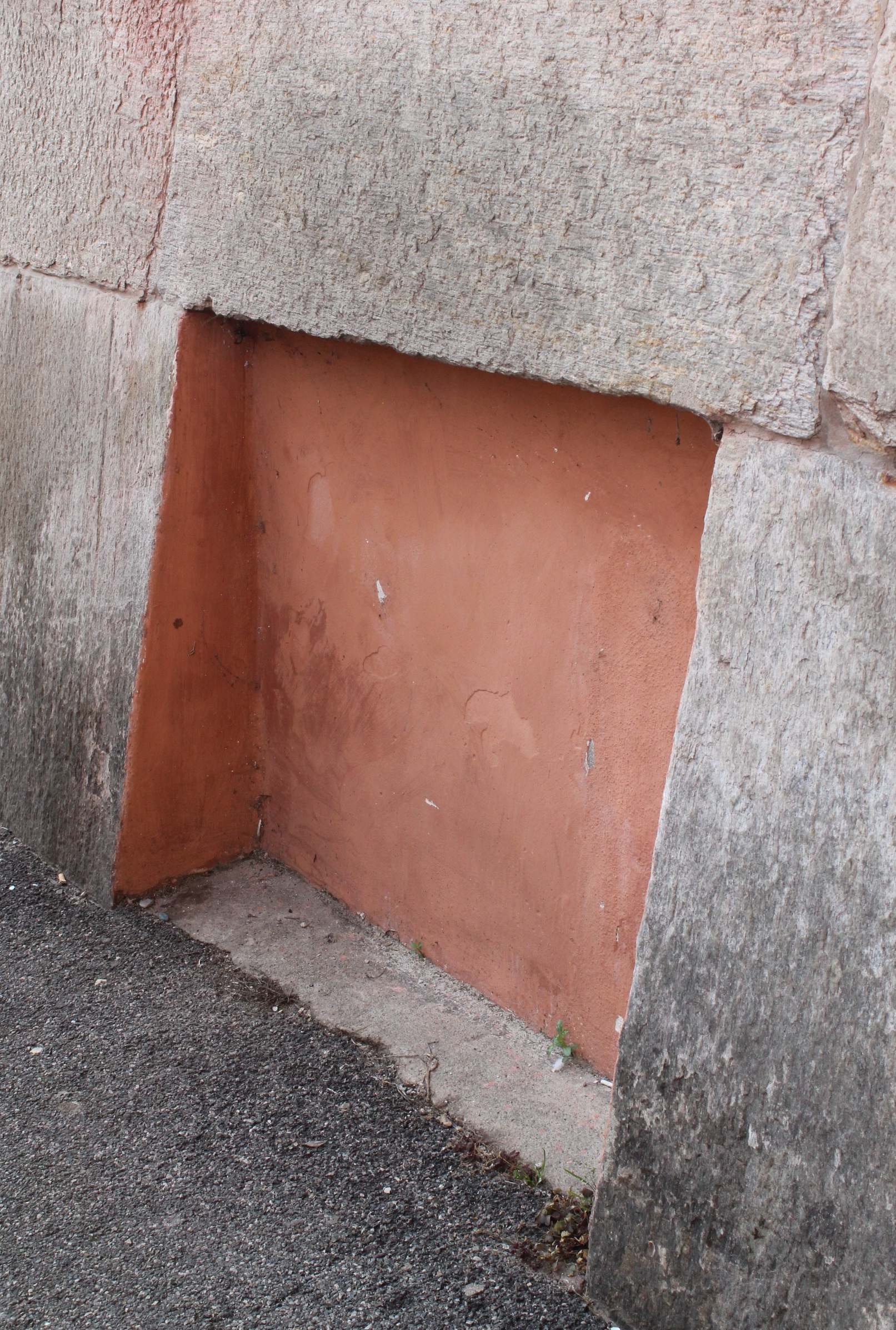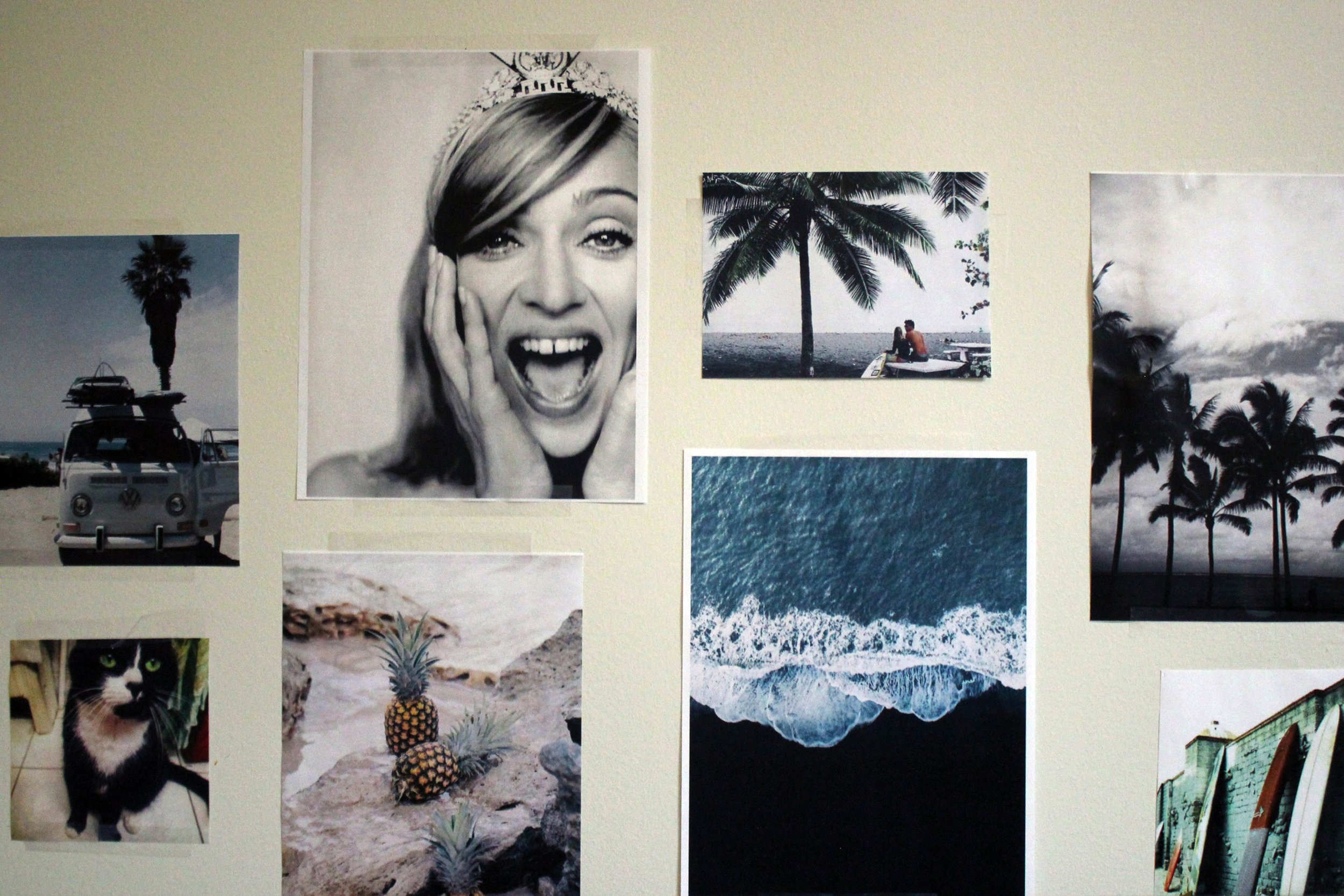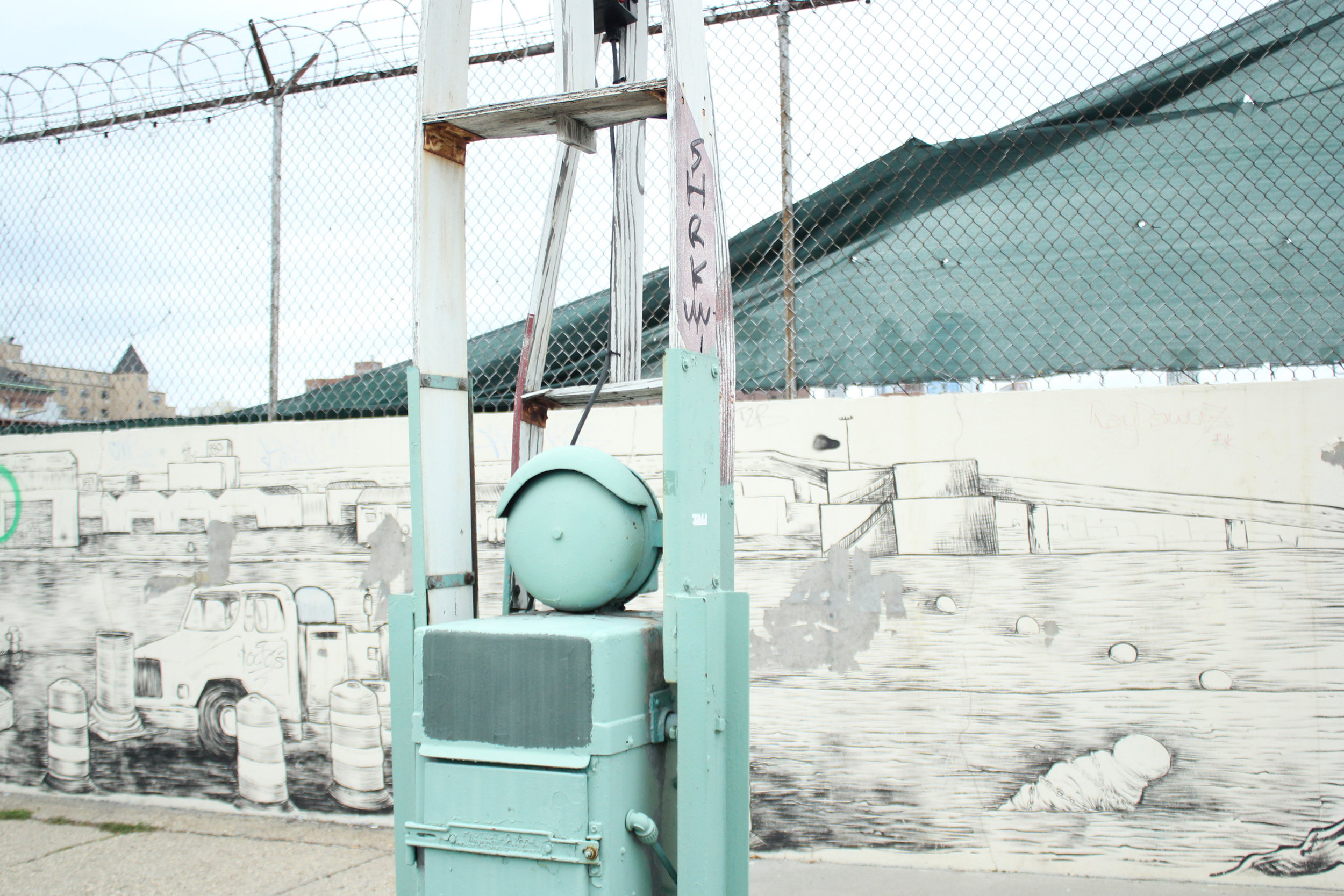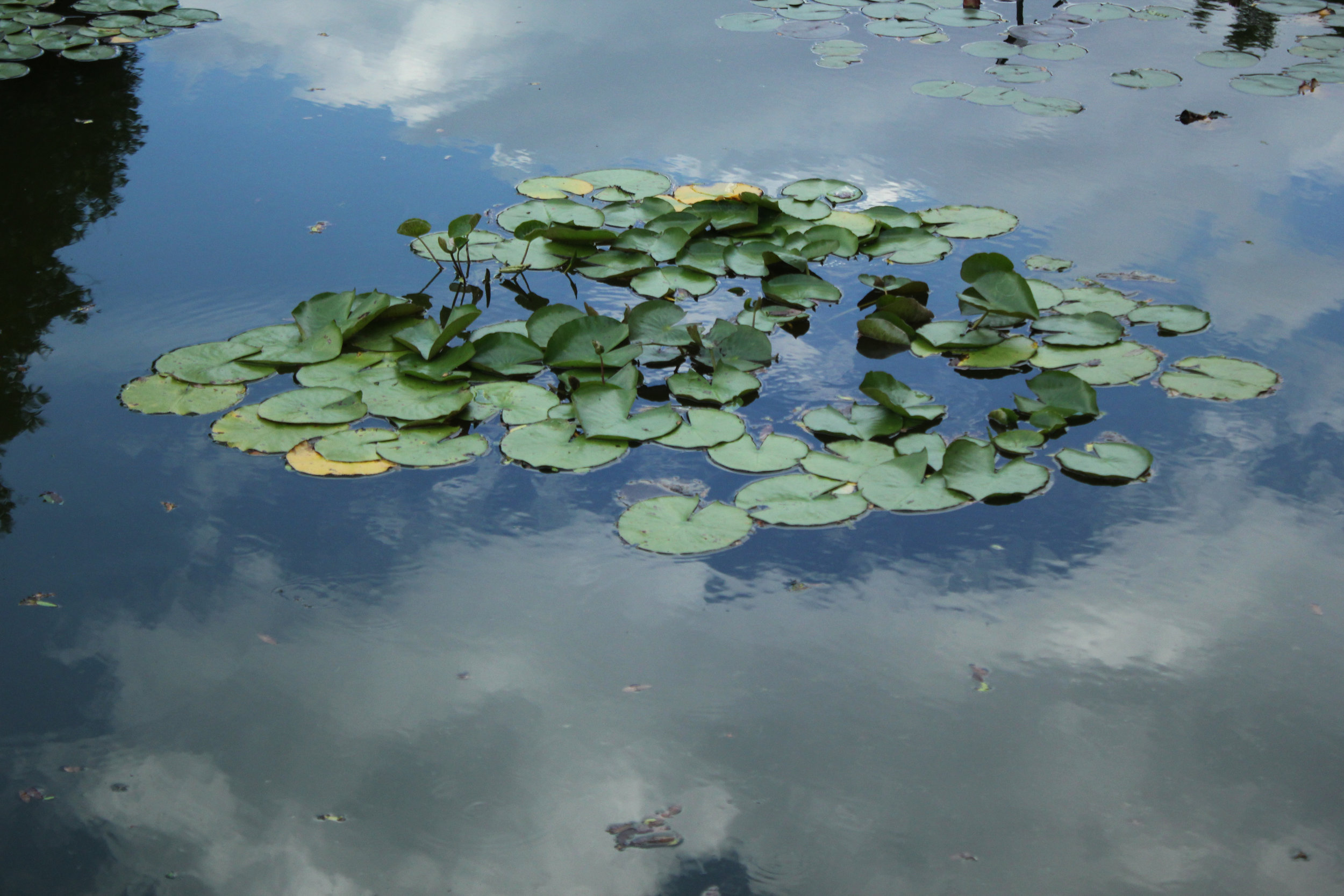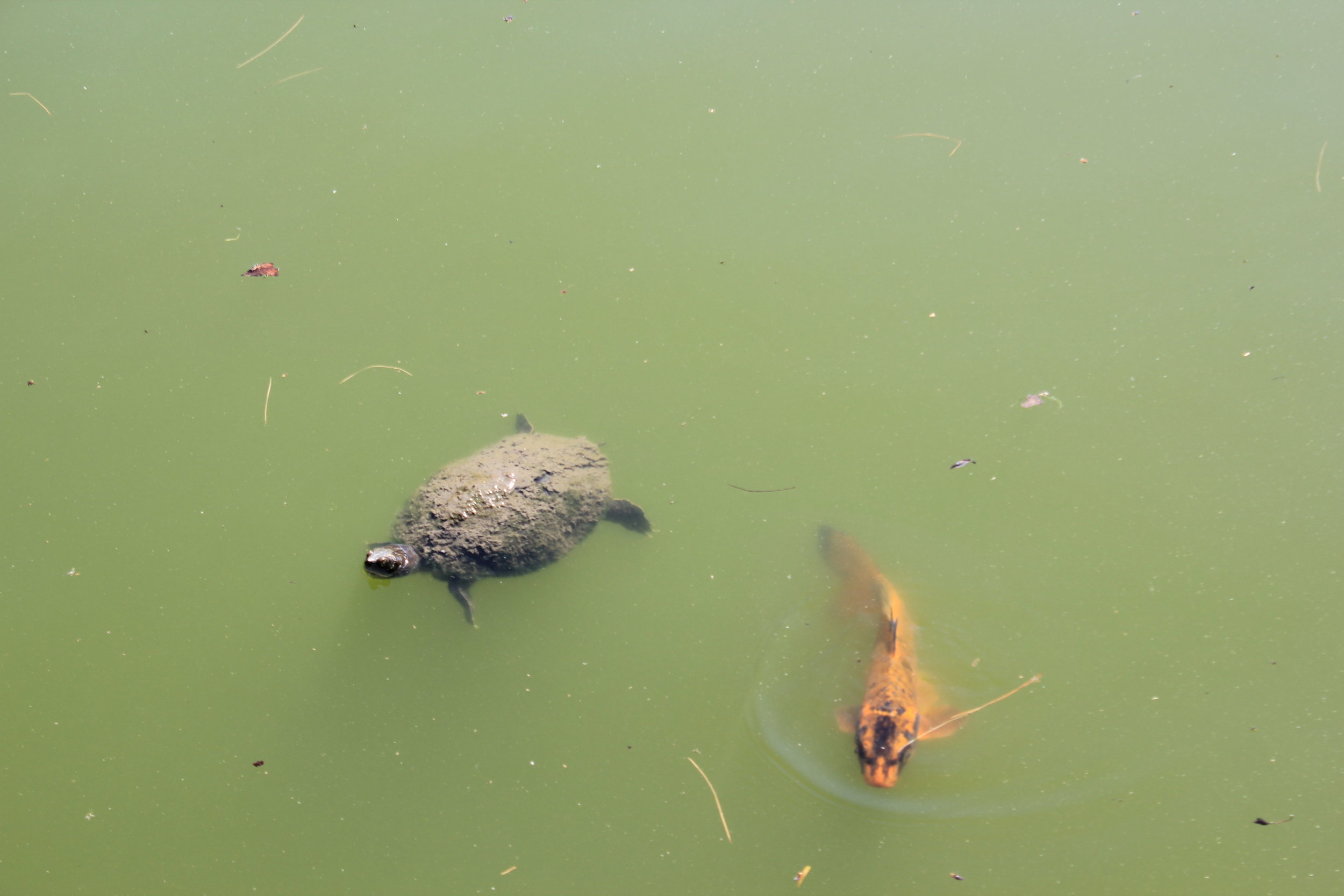Color is a small world. With social media, it’s become even smaller. I met Jenn Costantino in a professional context years ago, but it wasn’t until later, when we followed each other on Instagram, that I noticed a rare quality for colorists in the fashion industry. Jenn appeared to have a true passion for color, something that went beyond her job. Her point of view struck me as optimistic, vibrant and happy (also rare in the fashion industry!).
At Banana Republic, Jenn is known as the “Color Guru”. She has managed the brand’s color process for over five years. I wanted to talk to her about what a fashion colorist actually does, since it remains mysterious for many people. I’ve worked in this area of fashion myself, and I still struggle to explain it sometimes. Note: it has nothing to do with colored pencils.
Before moving to Milan earlier this year, I visited her in the color room at Banana Republic’s design office. We talked about her personal connection with color, as well as some essential aspects of her job, like using the right color language, building a solid palette and picking the perfect color name.
“It was probably the biggest compliment I got at Parsons. I was told, “You have a really good eye for color that takes years to develop, and you need to use it”.
“Colorist” is a job title in a few different industries. It usually makes people think of film or painting or hair color. What does it mean at Banana Republic?
Being the Design Manager of Color for Banana Republic means that I get to work with the design team and brand leaders on creating a beautiful vision that the customer is going to hopefully love, buy and create amazing memories with.
I'm not the fashion industry's typical colorist. I deal a lot more with concept. I’m very lucky to be able to have so much creativity in my job where I get to research trends and have a say in where I feel the brand needs to go trend-wise. I'm creating a road map or a blueprint of color for designers to follow. For womenswear, we have nine color palettes a season, so the designers need to know the specific direction for each part of the store.
Banana Republic has established itself as a classic American brand for decades now. How would you describe the color aesthetic of the brand?
The one color I would always associate with Banana Republic is olive because that is the heritage and culture of our brand. We will never not have a great olive in our store. It’s also important to keep the store looking elevated with other neutrals and positive pop colors.
